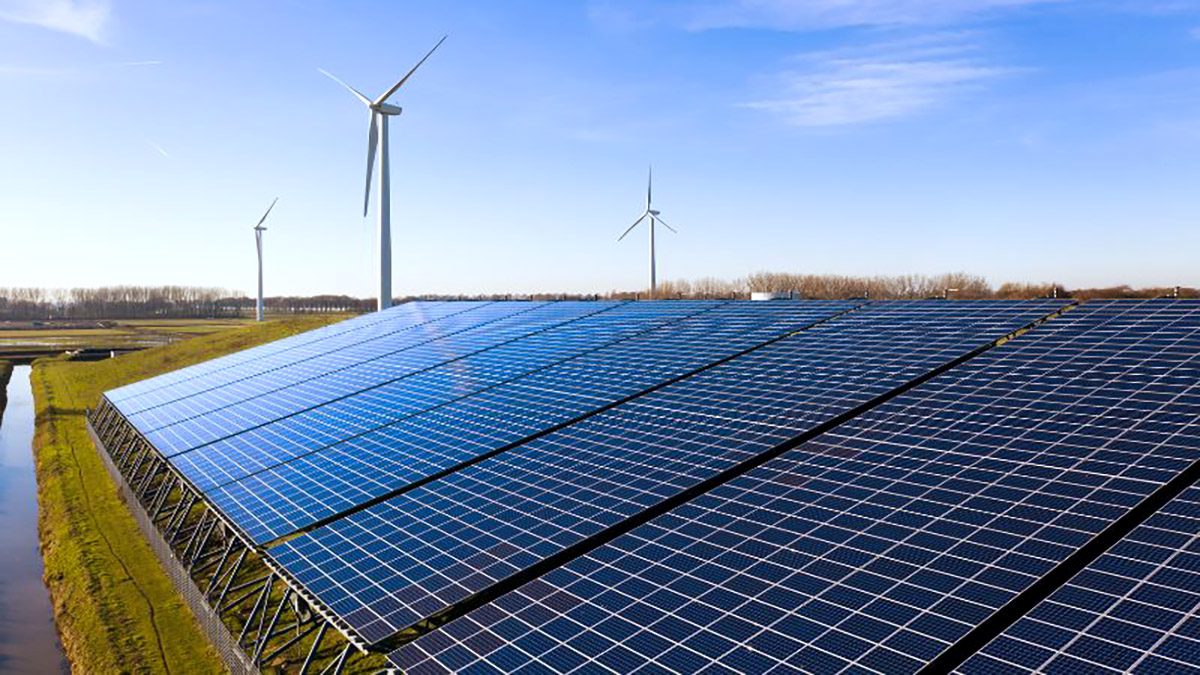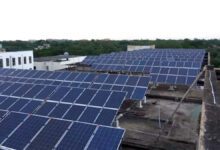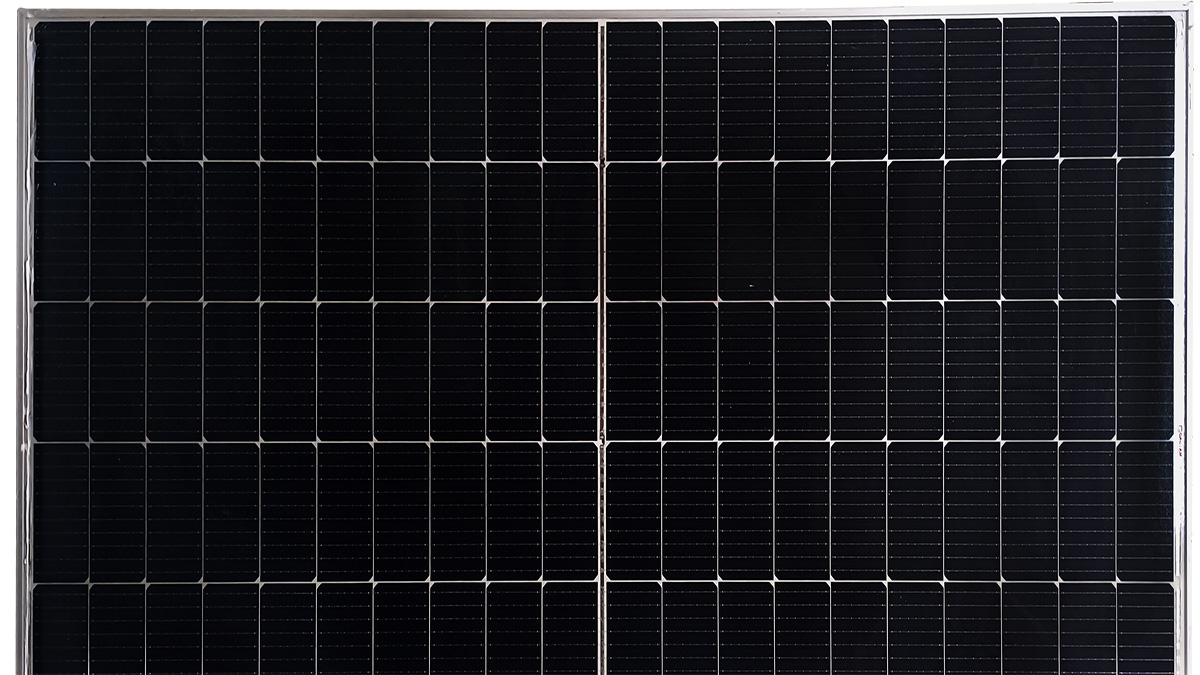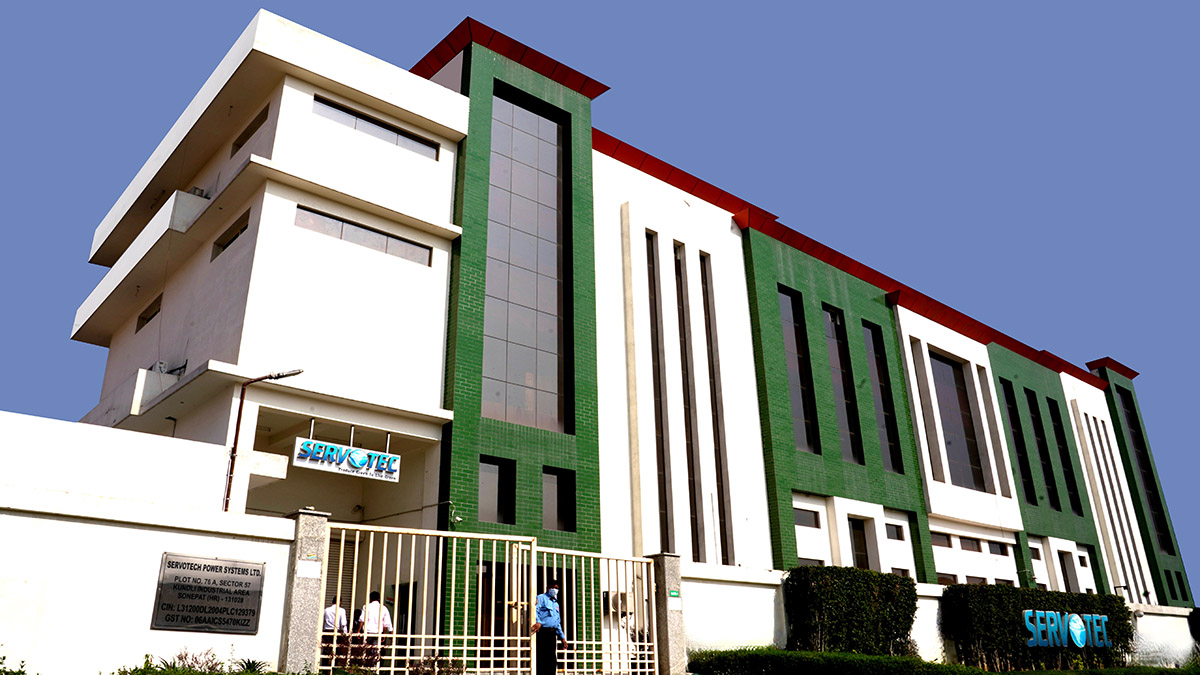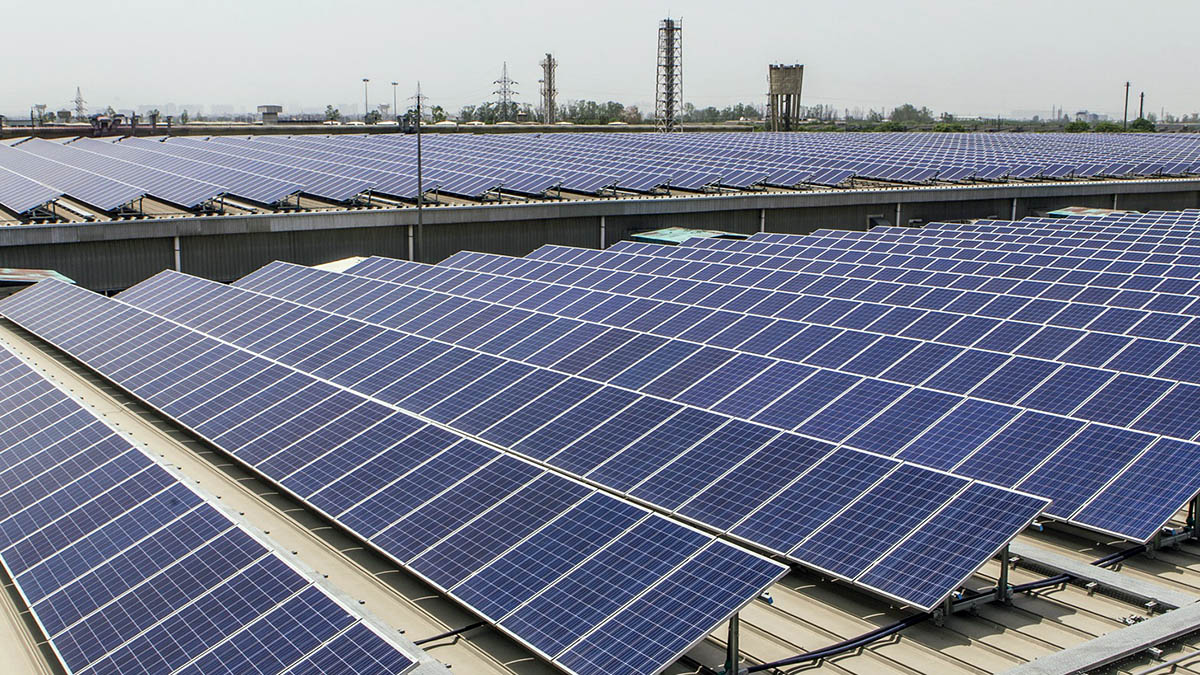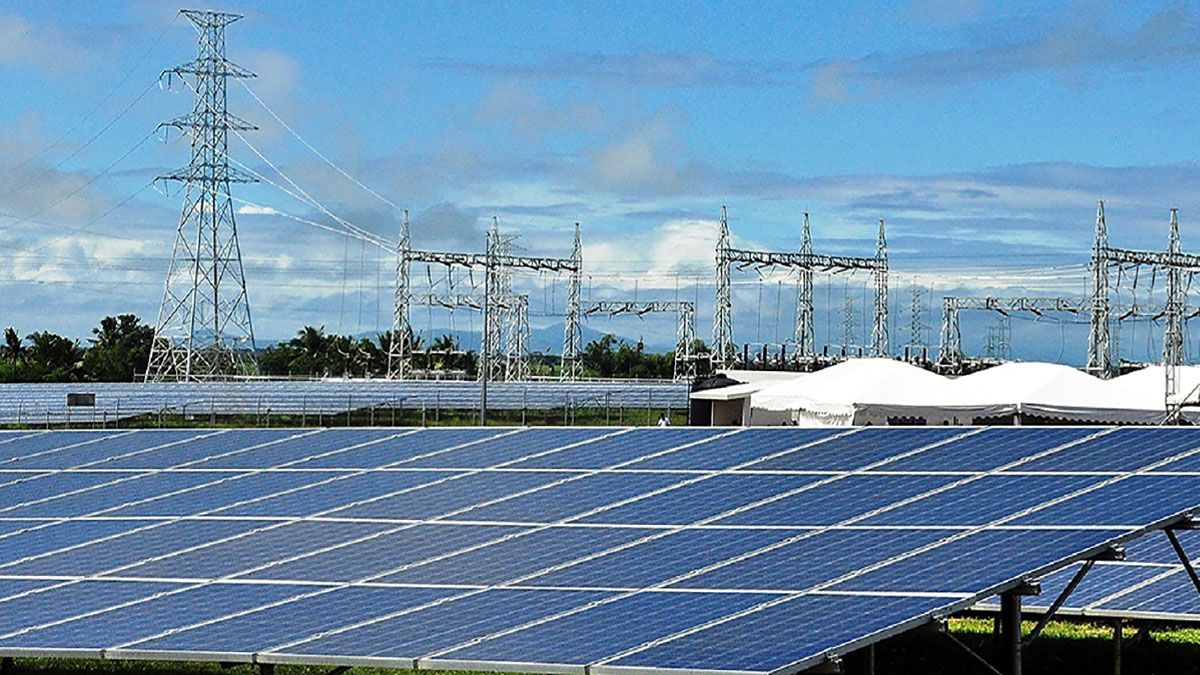In a surprising turn of events, India’s solar capacity expansion has faced a significant setback, with a staggering 58% decline in the second quarter of 2023. The country added only 1.7 gigawatts (GW) of solar capacity during the April-June period, compared to an impressive 4 GW added during the same quarter the previous year. This unexpected slump has been attributed primarily to land and transmission-related issues, according to the latest report from Mercom India.
The findings, revealed in the ‘Q2 2023 India Solar Market Update’ by Mercom India, highlight a worrisome trend that has left industry experts and stakeholders concerned. The report points out that the decline in new installations was also evident on a quarter-on-quarter basis, with a decrease of over 10% from 1.9 GW in the January-March period.
Large-scale solar projects accounted for the majority of capacity additions, constituting 77% of the total added during the quarter, while rooftop solar installations contributed the remaining 23%. However, even the large-scale projects were not immune to the downward trend, as over 1.3 GW of large-scale solar capacity was added during the quarter, marking a sharp 64% year-on-year drop and a 7% decline quarter-on-quarter.
The dip in solar capacity growth has been a trend throughout the first half of 2023. In the January-June period, new installations reached 3.6 GW, reflecting a 53% decrease from the 7.6 GW added during the same timeframe in the previous year. Despite the challenges, India’s cumulative installed solar capacity did manage to breach the 66 GW milestone in June.
Raj Prabhu, CEO of Mercom Capital Group, commented on the situation, saying, “Delays, extensions, and postponements have led to a substantial number of solar projects being deferred to next year, making 2023 a year of setbacks for solar in India.” However, Prabhu remains optimistic about the future, asserting that “Consequently, 2024 looks extremely robust. Rapidly declining solar component and project costs will be a catalyst for additional growth.”
The decline in solar capacity additions was not solely attributed to one factor but rather a combination of issues. Following a lacklustre first quarter, capacity expansions slowed down further in the second quarter due to extensions granted to several large-scale solar projects and delays caused by land and transmission-related challenges.
Geographically, Gujarat emerged as a leader in large-scale solar installations during the quarter under review, accounting for 41% of the quarterly capacity additions. Rajasthan and Karnataka followed suit with 20% and 14% of the capacity additions, respectively.


